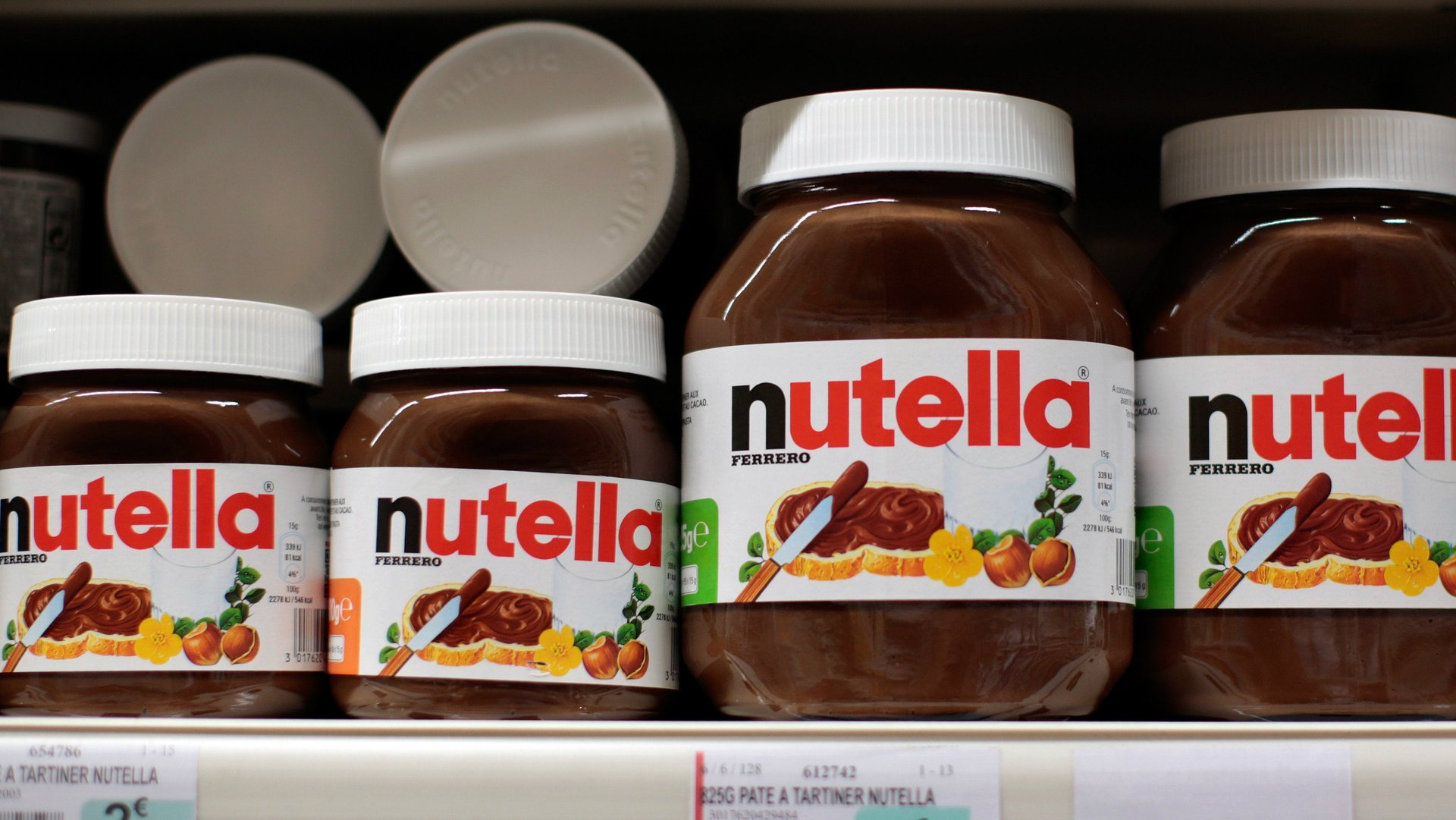If nutrition labels looked like this, your attempts to quit sugar might actually work
Nutella. So sweet, so delicious. So continental. And sure, sugar is its first listed ingredient, but it’s made of nuts, and those chipper health bloggers on Instagram are always eating nuts! How much sugar are we talking about anyway?


Nutella. So sweet, so delicious. So continental. And sure, sugar is its first listed ingredient, but it’s made of nuts, and those chipper health bloggers on Instagram are always eating nuts! How much sugar are we talking about anyway?
Oh. Yikes.
This image, which resurfaced on Reddit earlier this month, is part of an ad campaign from the German consumer interest group Verbraucherzentrale Hamburg.
The images (seen here, with ingredients in German) make the easily misread or overlooked information on nutrition labels hard to ignore. Slim-Fast is full of sugar. A brand of cereal called “Fitness” is full of sugar.
Yes, nutrition information is right there on the label. But those grams are hard to conceptualize, and food marketers can easily take advantage of that confusion. For example, the kid-friendly drink Capri-Sonne (or Capri Sun, as it’s known in North America) looks a lot healthier in this ad…
…than it does in this one.
The American Heart Association recommends no more than 25 grams of added sugar per day for women and 38 grams for men. The average American currently consumes 94 grams per day.
When it comes to healthy choices, design matters. In May, the US Food and Drug Administration announced a redesign of the nutrition labels found on packaged foods. In addition to updating the serving sizes and disclosing the amount of added sugars in their product, food manufacturers will also have to list the percent daily value of added sugars each serving contains.
Manufacturers have until May 2018 to update their packaging (small companies get an extra year). In the meantime, the Open Food Facts database has open source nutrition information for more than 100,000 food products from 177 countries. Nutella under any other label tastes as sweet.